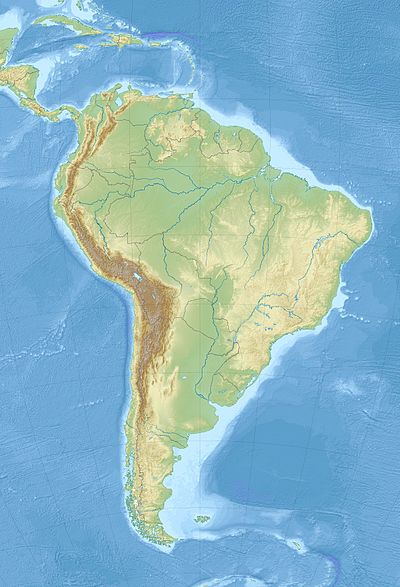
Colubridae is a family of snakes. With 249 genera, it is the largest snake family. The earliest fossil species of the family date back to the Late Eocene epoch, with earlier origins suspected. Colubrid snakes are found on every continent except Antarctica.

The Caenophidia are a derived clade of alethinophidian snakes, which contains over 80% of all the extant species of snakes. The largest family is Colubridae, but it also includes at least seven other families, at least four of which were once classified as "Colubridae" before molecular phylogenetics helped us understand their relationships. It has been found to be monophyletic.

The Colubrinae are a subfamily of the family Colubridae of snakes. It includes numerous genera, and although taxonomic sources often disagree on the exact number, The Reptile Database lists 717 species in 92 genera as of September 2019. It is the second largest subfamily of colubrids, after Dipsadinae. Many of the most commonly known snakes are members of this subfamily, including rat snakes, king snakes, milk snakes, vine snakes, and indigo snakes.

Xenodontinae is a subfamily of snakes in the family Colubridae.
Erythrolamprus ornatus, also known commonly as the ornate ground snake and the Saint Lucia racer, is a species of snake in the family Colubridae. The species is native to the eastern Caribbean. It is the rarest snake on earth with fewer than 20 left in the wild.

The Sakishima green snake is a species of snake in the family Colubridae. The species is endemic to the Yaeyama Islands in the southern Ryukyu Islands of Japan.

The Alethinophidia are an infraorder of snakes that includes all snakes other than blind snakes and thread snakes. Snakes have long been grouped into families within Alethinophidia based on their morphology, especially that of their teeth. More modern phylogenetic hypotheses using genetic data support the recognition of 19 extant families, although the taxonomy of alethinophidian snakes has long been debated, and ultimately the decision whether to assign a particular clade to a particular Linnaean rank is arbitrary.
Shaw's dark ground snake, also known commonly as Shaw's black-backed snake, and in Spanish as candelilla, guarda caminos, and reinita cazadora, is a species of snake in the family Colubridae. The species is native to northern South America.

Pseudalsophis is a genus of snakes in the family Colubridae. The genus is endemic to South America. Out of the ten species, nine are endemic to the Galapagos Islands.

The Lamprophiidae are a family of snakes found throughout much of Africa, including the Seychelles. There are 89 species as of July 2022.

Dipsadinae is a large subfamily of colubroid snakes, sometimes referred to as a family (Dipsadidae). They are found in most of the Americas, including the West Indies, and are most diverse in South America. There are more than 700 species.

Pseudoxenodontinae is a small subfamily of colubroid snakes, sometimes referred to as a family (Pseudoxenodontidae). They are found in southern and southeastern Asia, from northeast India to southern China and south into Indonesia as far east as Wallace's Line. There are 10 species in 2 genera. Most are very poorly known, such that Pseudoxenodontinae is one of the most poorly known groups of snakes.

Lygophis is a genus of snakes in the subfamily Dipsadinae of the family Colubridae. The genus is endemic to Panama and South America.

The Amerophidia, also known as amerophidian snakes, are a superfamily of snakes that contains two families: Aniliidae and the boa-like Tropidophiidae.

The Ahaetuliinae are a subfamily of the snake family Colubridae that was erected in 2016 and comprises five genera containing 63 species that are more closely related to one another than to members of the subfamily Colubrinae. Previously placed within Colubrinae, Ahaetuliinae was strongly supported as the sister group to Colubrinae in a 2016 study by Figueroa et al.
Caaeteboia is a genus of snakes in the subfamily Dipsadinae of the family Colubridae. The genus is endemic to Brazil.

The Colubroides are a clade in the suborder Serpentes (snakes). It contains over 85% of all the extant species of snakes. The largest family is Colubridae, but it also includes at least six other families, at least four of which were once classified as "Colubridae" before molecular phylogenetics helped in understanding their relationships. It has been found to be monophyletic.

The Elapoidea are a superfamily of snakes in the clade Colubroides, traditionally comprising the families Lamprophiidae and Elapidae. Advanced genomic sequence studies, however, have found lamprophiids to be paraphyletic in respect to elapids, and anywhere between four and nine families are now recognized.
Erythrolamprus albertguentheri, also known commonly as Günther's green liophis, is a species of snake in the subfamily Dipsadinae of the family Colubridae. The species is native to central South America.
Erythrolamprus festae, also known commonly as the drab ground snake, is a species of snake in the family Colubridae. The species is native to northwestern South America.

















